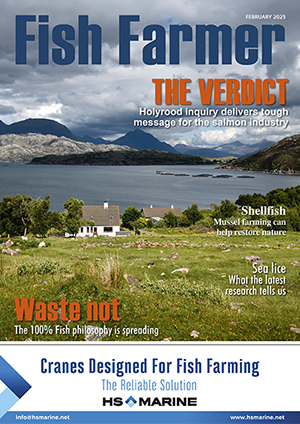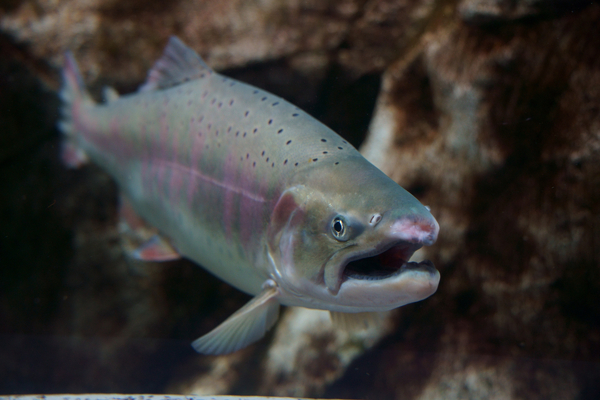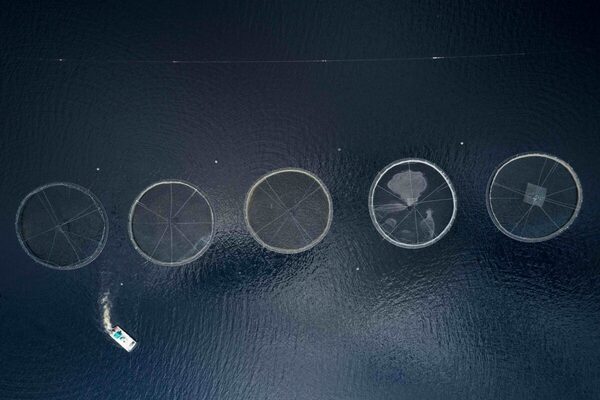The trouble with triploids
Manipulating farmed salmon to have three sets of chromosomes stops them breeding with their wild counterparts, but it appears to cause its own problems.
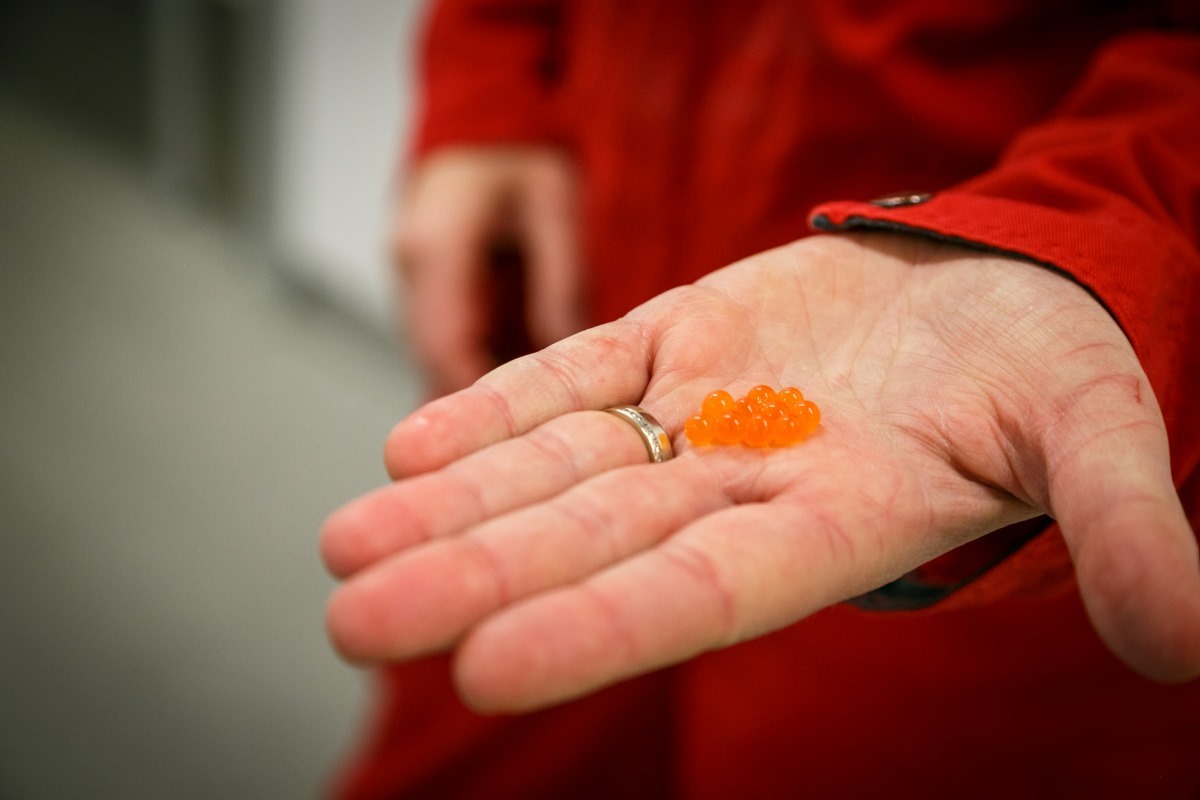
Triploid salmon – fish that have been artificially induced to have three sets of chromosomes instead of the normal two – are sterile and cannot breed.
This at one time raised hopes that, by farming triploid stock, it would be possible to eliminate the risk that domesticated salmon could escape and “contaminate” the wild fish gene pool. Triploids also grow faster than normal farmed salmon, which is one reason that US firm AquaBounty used triploids for its genetically modified “AquAdvantage” salmon.
A series of studies carried out in Norway, however, suggested that triploid fish suffer health-related issues, and in 2021 the authorities suspended the use of triploids apart from a few trials that were due to come to an end in 2023. Triploids are still in commercial production in Canada and Australia.
We know there are problems with triploid salmon, but the question “why?” has now been addressed by Norway’s Institute of Marine Research (IMR), or Havforskningsinstituttet.
IMR Researcher Aurélien Delaval says: “Triploid salmon are more prone to skeletal and heart deformities, cataracts, infectious diseases, and skin sores.”
Triploid fish are created by subjecting eggs to a pressure treatment shortly after fertilisation, causing them to retain an extra set of DNA.
To confirm that the salmon has an extra set of chromosomes and are indeed triploid, researchers typically take blood samples and examine the blood cells.
“Triploid salmon have larger blood cells due to the extra chromosomes, which take up more space in the cell.
This size difference helps us distinguish between triploid and diploid salmon,” explains Project Leader Alison Harvey.
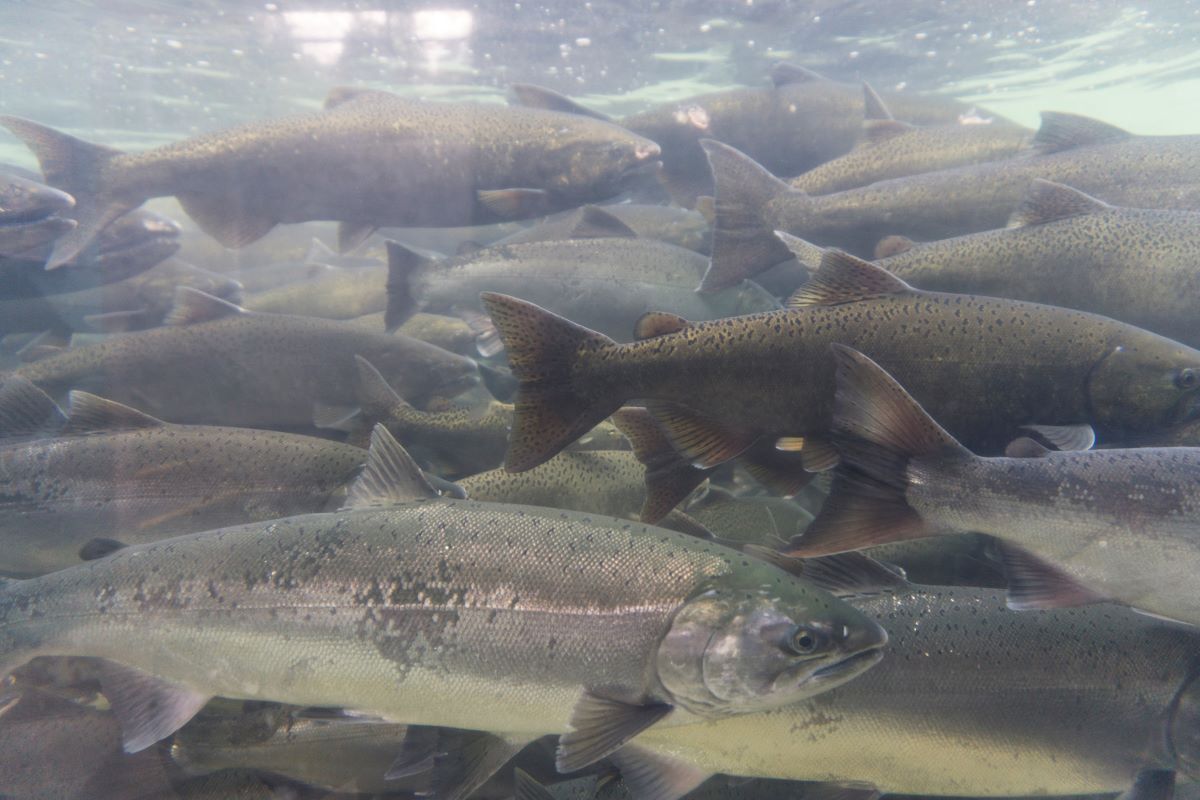
A genetic explanation?
Researchers suspected that the health issues in some triploid fish were rooted in their genetics.
To investigate this, they developed a new genetic method as an alternative to blood sampling. This enabled them to accurately identify the genetic inheritance patterns in triploid fish following the pressure treatment.
“We used genetic markers to trace chromosome inheritance from parents to offspring,” says Harvey.
Through this method, researchers discovered that some salmon exhibited unusual inheritance patterns.
“Some fish were neither fully triploid nor diploid but had a mix - with three sets of DNA on some chromosomes but only two on others. In some cases, fish inherited DNA solely from the father, not the mother,” says Harvey.
It remains to be seen if these fish are sterile and if these unusual genetics patterns contribute to poorer health in some treated fish. The researchers are already investigating why this happens.
“We’re examining whether the way we create triploid salmon causes some fish to exhibit genetic disorders”, says Delaval.
To test this, eggs from different salmon families were subjected to five different pressure treatments. One group of fish was not subjected to pressure and were produced as regular, diploid, non-sterile fish. Another group was exposed to high pressure to create triploid salmon. The three remaining groups, meanwhile, were exposed to a gradient of lower pressures, simulating failed pressure treatments.
Delaval explains: “We found that a small percentage of eggs in all groups, even those without pressure treatment, exhibited unusual inheritance patterns. This shows that unusual inheritance can happen naturally, as in other species, including humans.”
However, unusual inheritance patterns appeared much more frequently in the three groups with “failed” pressure treatments, and mortality rates among these eggs were higher.
This suggests that unsuccessful pressure treatments may increase abnormal inheritance patterns and mortality rates.
“We are continuing to monitor these fish as they grow. This will allow us to identify whether they develop deformities, reduced growth and increased disease susceptibility, and evaluate whether this is linked to the pressure treatment,” says Delaval.
The project is funded by the Research Council of Norway (NFR). The next step will be to examine whether any of the eggs survive and develop into fish with genetic syndromes.
This feature is based on an article by Pauline Paolantonacci, IMR. Reproduced by kind permission.
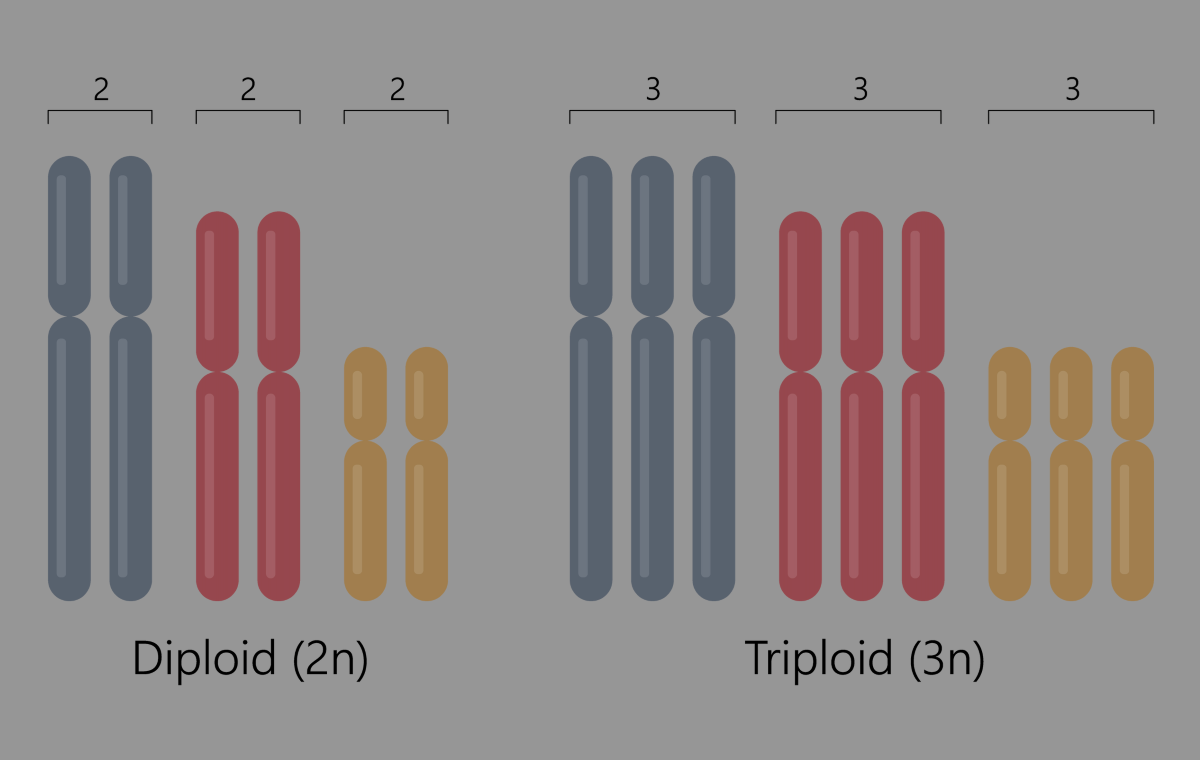
A triploid fish is a fish with three sets of chromosomes instead of the usual two sets, making it triploid rather than diploid. This extra set of chromosomes is often artificially induced by humans through techniques like thermal shock, pressure shock or chemical treatments during the egg fertilisation process.
The main reason for doing this, in aquaculture, is to ensure the fish are sterile and any that escape are unable to breed with wild populations.
Triploid fish often have slightly enhanced growth rates, especially since they do not use energy for reproductive development. This can make them more desirable for aquaculture, as they may reach market size faster.
There are disadvantages for triploids, however. Studies have shown that triploid fish are more likely to suffer from diseases or other health challenges, including skeletal and heart deformities, cataracts and infections.
In Norway in April 2021, the Norwegian Food Safety Authority limited the release of triploid salmon to ongoing trials. All triploid salmon in these trials were due for slaughter by December 31, 2023.
A subsequent report in 2023 from the Food Safety Authority concluded that triploid salmon are subject to health issues which make them “unsuitable for commercial farming under current industry conditions”.
